Table of content
Fried chicken wings are a beloved dish worldwide, prized for their crispy texture, juicy interior, and ability to absorb flavors. Whether served as an appetizer at gatherings, a snack during game nights, or a main course paired with sides, they never fail to delight. This article delves into the intricacies of preparing perfect fried chicken wings at home, covering everything from ingredient selection to advanced cooking techniques. By the end, you’ll have the knowledge to create wings that rival those from your favorite restaurant.
Understanding the Basics of Fried Chicken Wings
Fried chicken wings consist of two primary parts: the drumette and the flat (or wingette). The drumette resembles a small drumstick, while the flat has two bones and a irregular shape. Both sections cook similarly, but the drumette’s meatier composition often makes it a favorite.
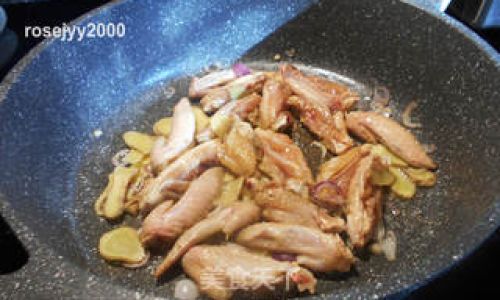
The key to exceptional fried wings lies in achieving a balance between crispy skin and tender meat. This requires careful attention to marination, batter consistency, and frying temperature. Overcooking can dry out the meat, while undercooking leaves the skin soggy. Mastering these elements ensures a dish that’s both satisfying and visually appealing.
Ingredients and Tools You’ll Need
Before diving into the cooking process, gather the following:
Ingredients
- Chicken Wings: 2–3 pounds (fresh or thawed, patted dry)
- Oil for Frying: Neutral oils like canola, peanut, or vegetable oil (enough to submerge wings halfway)
- Marinade Base: Buttermilk, yogurt, or a mixture of milk and vinegar (for tenderizing)
- Seasonings: Salt, black pepper, garlic powder, onion powder, paprika, cayenne (adjust to taste)
- Batter/Dry Rub (Optional): Flour, cornstarch, baking powder, or a pre-made seasoning blend
- Sauces (for finishing): Buffalo, barbecue, honey mustard, or teriyaki (store-bought or homemade)
Tools
- Deep Fryer or Large Pot: For even heating and oil circulation
- Thermometer: Essential for maintaining oil temperature (350–375°F / 175–190°C)
- Tongs or Slotted Spoon: For safely flipping and removing wings
- Paper Towels: To drain excess oil post-frying
- Mixing Bowls: For marinating and batter preparation
Step-by-Step Cooking Process
Preparing the Chicken Wings
- Trimming: Use kitchen shears to separate the drumette from the flat at the joint. Remove wing tips (discard or save for stock).
- Drying: Pat wings dry with paper towels to prevent oil splatters and ensure crispiness.
- Optional: Scoring: Make shallow cuts on the skin to help seasonings penetrate and reduce cooking time.
Marination for Flavor and Tenderness
Marinating is optional but highly recommended. A buttermilk-based marinade adds tanginess and tenderizes the meat.
- Recipe: Combine 1 cup buttermilk, 1 tbsp salt, 1 tsp black pepper, 1 tsp garlic powder, and 1 tsp paprika.
- Method: Submerge wings in the marinade for 4–24 hours in the refrigerator. For a quicker option, use a dry brine (salt and seasonings) for 30 minutes.
Coating the Wings
The coating determines the final texture. Options include:
- Wet Batter: Mix 1 cup flour, 1 tbsp cornstarch, 1 tsp baking powder, and seasonings. Dip wings in the batter, shaking off excess.
- Dry Rub: Toss wings in a seasoned flour mixture for a lighter crust.
- Double Coating: For extra crunch, dip in batter, dredge in flour, then repeat.
Frying Technique
- Heating the Oil: Fill your fryer or pot with oil (2–3 inches deep). Heat to 350°F (175°C). Use a thermometer to avoid guesswork.
- Frying in Batches: Overcrowding the pan lowers the oil temperature, leading to greasy wings. Cook 6–8 wings at a time for 10–12 minutes, or until golden brown.
- Monitoring Temperature: Adjust heat to maintain 350–375°F (175–190°C). Colder oil results in soggy wings; hotter oil burns the exterior.
Draining and Seasoning
- Removing Wings: Use tongs to transfer wings to a wire rack or paper towels. Avoid stacking to prevent steaming.
- Immediate Seasoning: Toss wings in salt, pepper, or a spice blend while hot to adhere flavors.
Saucing (Optional)
For sauced wings, toss them in your chosen sauce immediately after frying. This ensures the sauce clings to the crust without making it soggy.

Pro Tips for Perfect Fried Wings
- Double Frying: Fry wings once at 325°F (160°C) for 8 minutes, rest for 10 minutes, then fry again at 375°F (190°C) for 5 minutes. This technique creates ultra-crispy skin.
- Baking Powder Hack: Adding baking powder to the dry mix raises the pH level, browning the skin faster and creating a lacquer-like crust.
- Resting Period: Let wings rest for 5 minutes post-frying to redistribute juices.
- Oil Reuse: Strain and store used oil in a cool, dark place for up to 3 months. Discard if it smells rancid.
Serving Suggestions and Pairings
Fried chicken wings shine when paired with complementary sides and dips:
- Classic Pairings: Celery sticks, carrot sticks, and blue cheese dressing.
- Creative Sides: Coleslaw, french fries, or fried pickles.
- Beverages: Ice-cold beer, lemonade, or sweet tea.
Variations to Experiment With
- Spicy Korean Wings: Toss in a gochujang-based sauce with honey and soy sauce.
- Lemon Pepper Wings: Skip the sauce and coat in lemon zest, black pepper, and melted butter.
- Parmesan Garlic Wings: Mix grated Parmesan, minced garlic, and parsley into the coating.
- Air Fryer Alternative: For a healthier twist, air-fry at 400°F (200°C) for 20–25 minutes, flipping halfway.
Troubleshooting Common Issues
- Soggy Skin: Ensure oil is hot enough and avoid overcrowding the pan.
- Uneven Cooking: Cut wings into uniform sizes and monitor internal temperature (165°F / 74°C).
- Burnt Seasoning: Add sugar-based spices (like paprika) toward the end of cooking to prevent scorching.
The Science Behind Crispy Wings
The Maillard reaction—a chemical process where proteins and sugars brown at high temperatures—is responsible for the wings’ golden color and rich flavor. Cornstarch in the coating absorbs moisture, creating a drier surface for optimal crisping. Baking powder introduces carbon dioxide gas, puffing the crust for added texture.
Conclusion
Fried chicken wings are a culinary canvas waiting for your creativity. By mastering marination, frying techniques, and seasoning, you can elevate this humble dish into a restaurant-quality masterpiece. Whether you prefer classic buffalo or experimental flavors, the key lies in patience and attention to detail. So fire up your fryer, gather your ingredients, and prepare to impress with wings that are crispy, flavorful, and undeniably addictive.
With practice, you’ll refine your technique and develop signature recipes that keep friends and family coming back for more. Happy cooking!
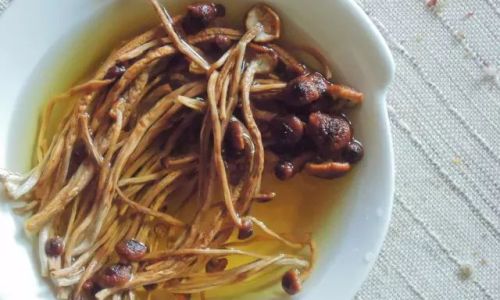
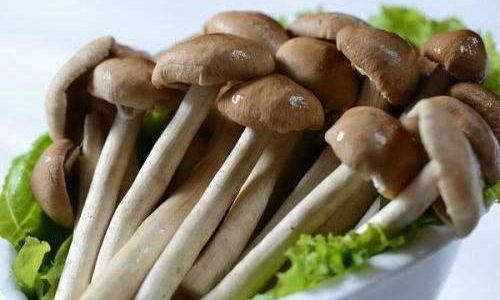
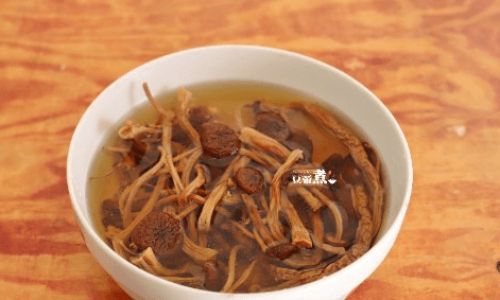
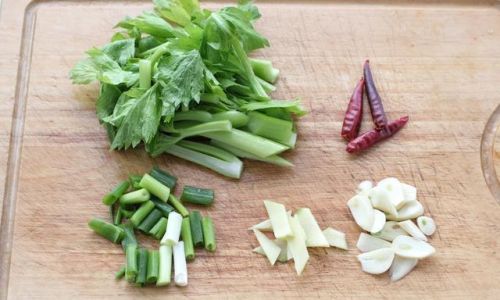
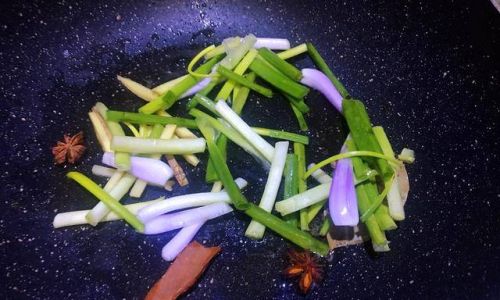

0 comments